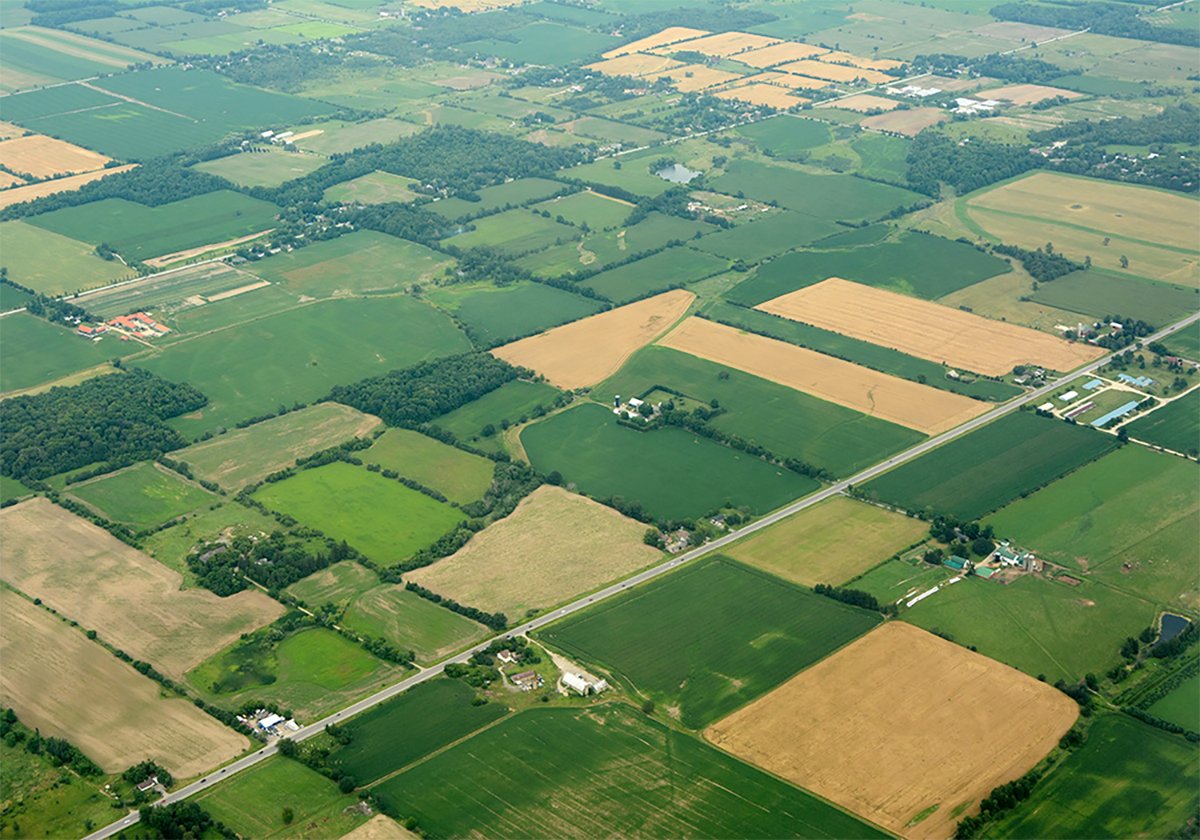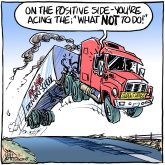THE latest round of World Trade Organization negotiations resulted in an agreement just moments before the July 31 deadline – sort of.
Because the previous round of talks in Cancun had collapsed, there was tremendous pressure to avoid another failure. All the stops were pulled out and delegates left Geneva claiming success.
But what has been achieved with this agreement? First of all, it’s not really an agreement, but a framework for future negotiations. A real, binding agreement is likely years away .
Looking at the outcomes so far, I think the intervening time should be used to take a good, honest look at the whole WTO project as it is currently framed.
Read Also

Higher farmland taxes for investors could solve two problems
The highest education and health care land tax would be for landlords, including investment companies, with no family ties to the land.
The overall goal of the WTO is to liberalize, and thereby increase, cross-border trade by removing or lowering government imposed barriers such as quotas, tariffs or other trade impediments. In agriculture this is framed as the market access objective.
The progress on this has been spotty at best. Developed countries began on this agenda by imposing high tariffs on many key products. So market access into the highest priced markets is a long way off.
Furthermore, those with market clout have many means, other than tariffs, to protect their market interests, as the cattle trade between Canada and the U.S. continues to demonstrate.
But even if the WTO market access goal could be achieved, would this really help farmers? Currently, the highest priced markets are also the best protected ones. In most cases, poorer nations were forced to open up their agriculture markets long ago as part of the structural adjustment programs imposed in return for their debt restructuring.
While these markets are easy to access, they don’t pay well enough to be prime markets. But when better market access is gained into higher paying venues, these draw too much supply. That, in turn, causes the commodity prices to trend downward.
That’s the logic of supply and demand. It doesn’t work well to improve farmgate prices or net farm income.
This is directly linked to another key objective of the WTO’s agreement on agriculture, namely that of lowering domestic and export subsidies. In the face of stiff competition and below cost-of-production market prices, farmers either go out of business or get government help.
So far, the WTO agreements, far from eliminating trade-distorting subsidies, have legitimated them. This latest Framework for Establishing Modalities in Agriculture permits green and amber box subsidies to be moved to the blue box and then makes elaborate provisions to calculate the base measure of support for the touted 20 percent subsidy reduction from the blue box.
When all is said and done, this will actually allow for a substantial increase in subsidies, according to some analysts.
Checked against this logic and these outcomes, I think the Canadian government and citizens, especially farmers, must demand new and better foundations for global trade agreements. How about changing the framework by making food security and environmental, rural community and cultural sustainability the primary objectives for the next round of the WTO?
Nettie Wiebe is a farmer in the Delisle, Sask., region and a professor of Church and Society at St. Andrews College in Saskatoon. The opinions expressed are not necessarily those of the Western Producer.














